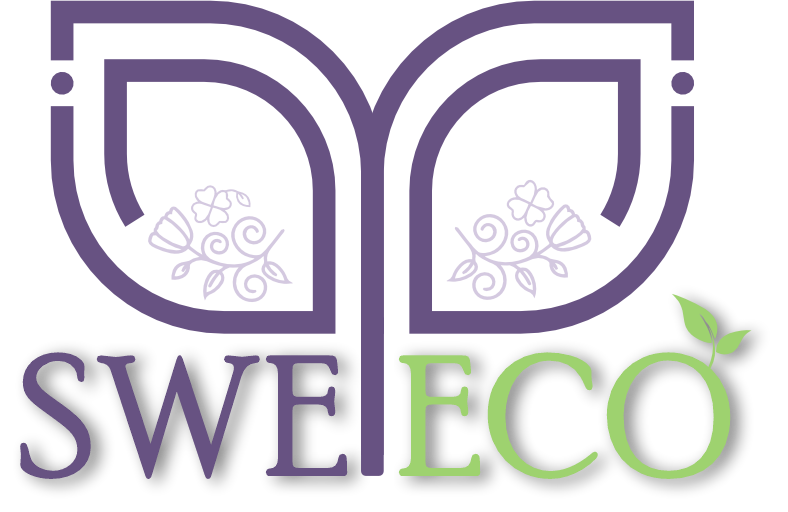Tapioca starch
Tapioca starch is made from the roots of the tropical cassava shrub, native to South America.
The first advantage of this starch is that it does not use genetically modified raw materials in its production.
Compared to potato starch, Tapioca starch has less moisture and ash content, so it is considered to be the purest starch, it has the least impurities. Of all the starches known today, it is the most low-allergenic. Tapioca contains many health benefits. They have a beneficial effect on the body, which manifests itself in the following: normalizes the level of cholesterol in the blood; increased efficiency; normalizes blood pressure and the work of the cardiovascular system. The benefits of tapioca are determined not only by the presence of certain components in it, but also by the absence of certain elements, such as gluten. Tapioca starch is widely used in cooking and gluten-free baking. Kissels are boiled from it, it is used as a thickener when preparing sauce, jam and homemade marmalade. It binds the mass well without the use of eggs. People with gluten intolerance use this type of starch to make baked goods, such as replacing regular wheat flour with rice, corn, or any other gluten-free flour and adding tapioca starch, which helps baked goods become more sticky and delicious. As such, there are no contraindications for use. The only thing - you should not use it with individual intolerance, or if there are contraindications to the use of starch in general.

